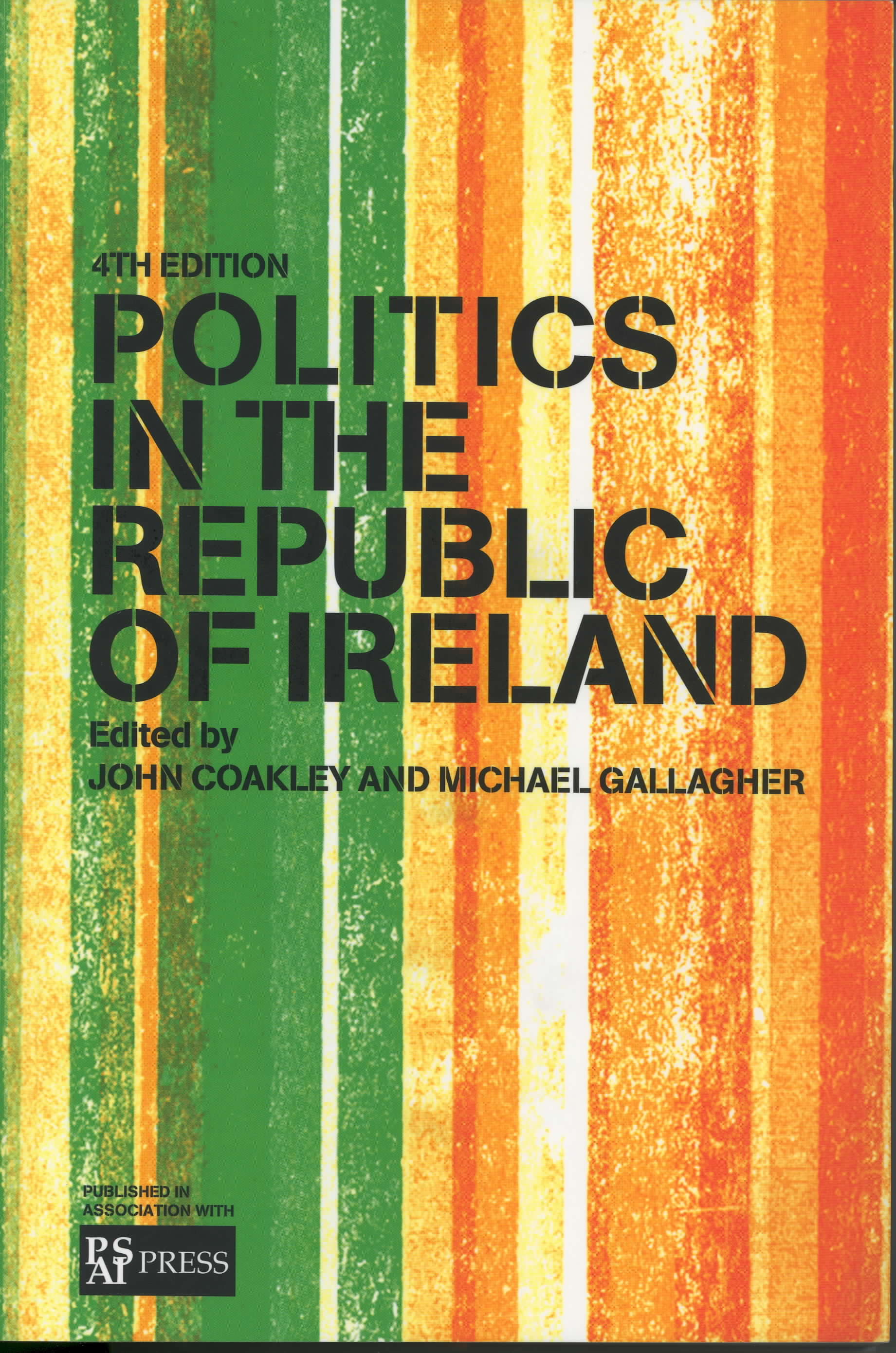 |
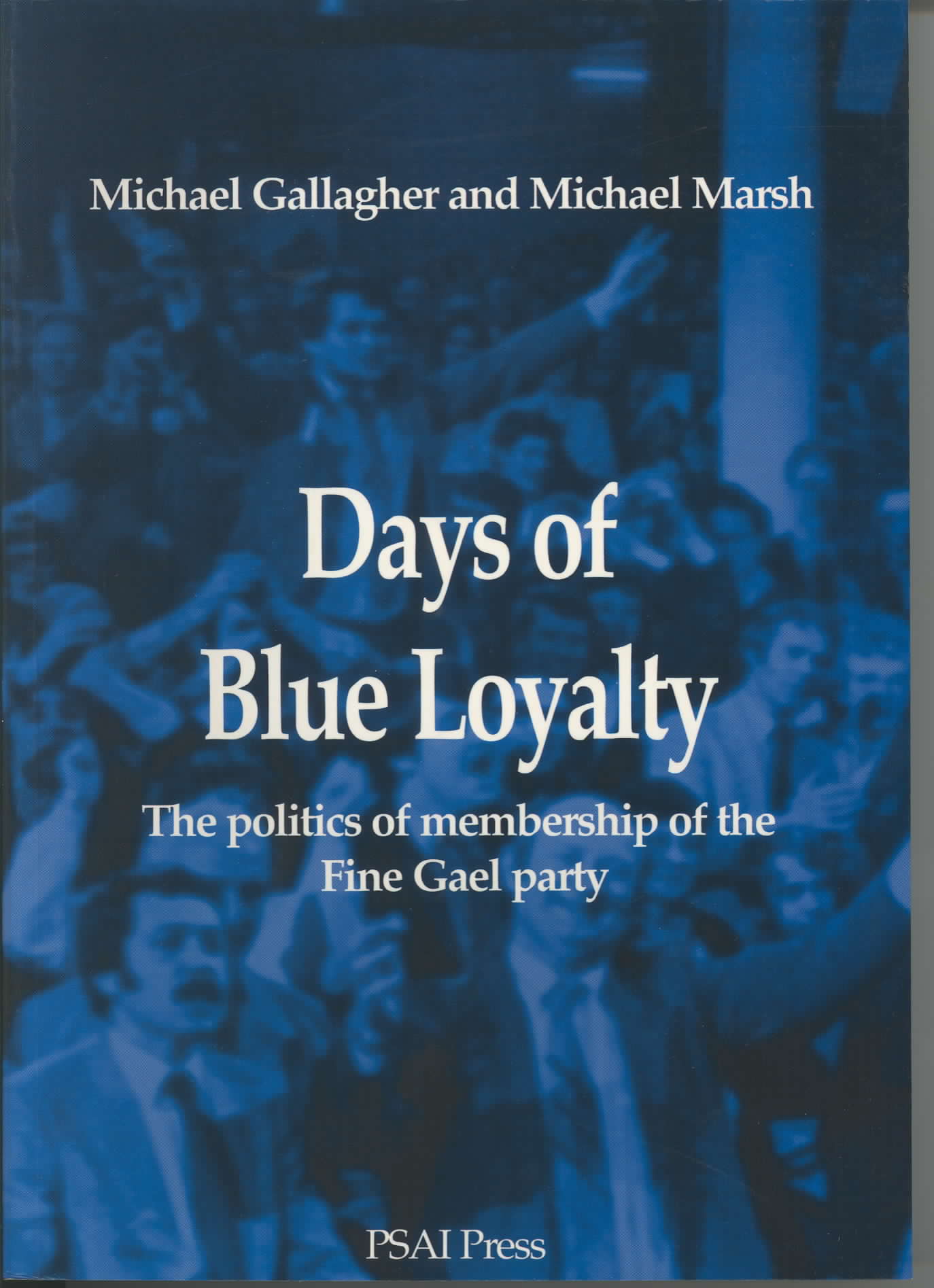 |
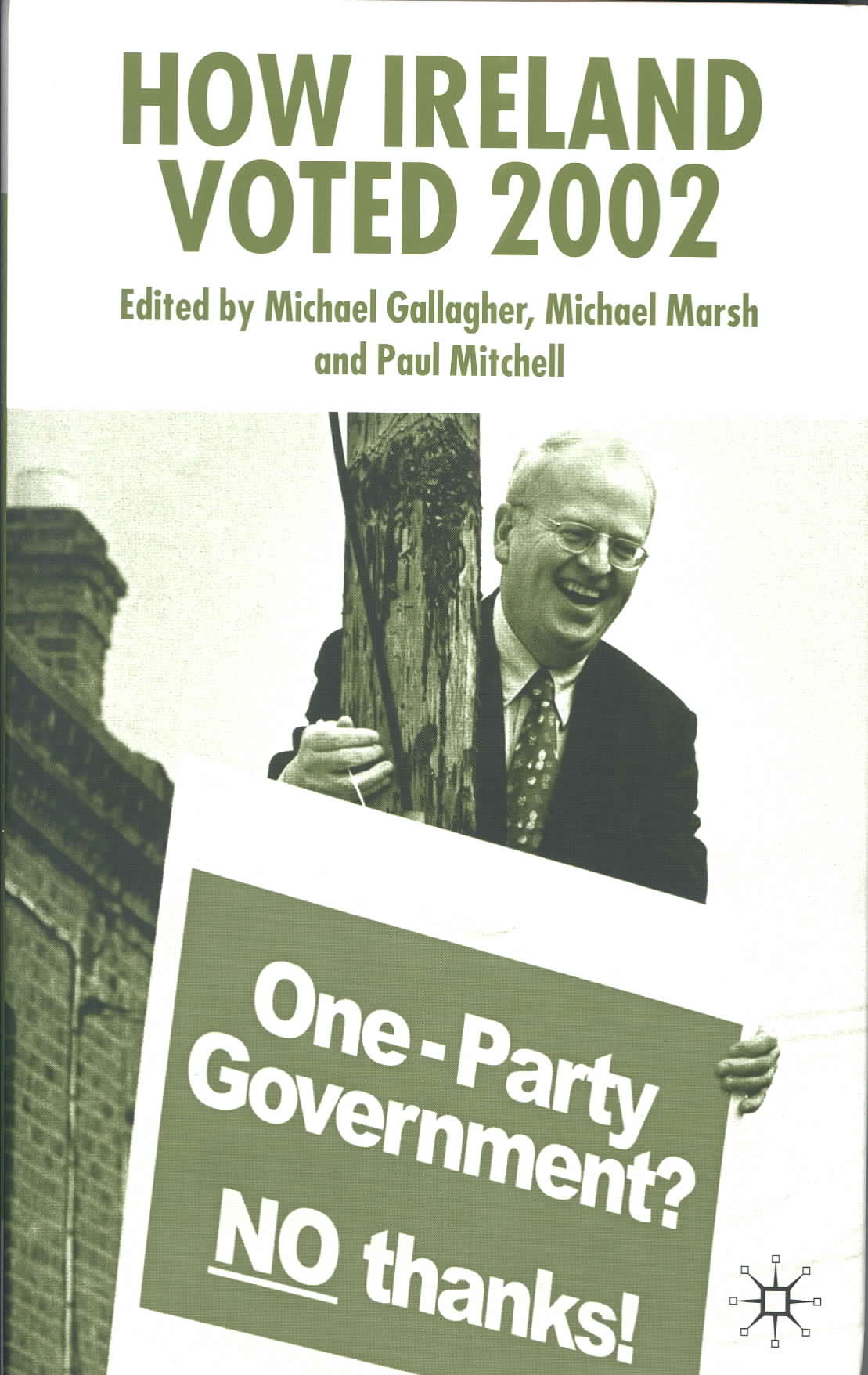 |
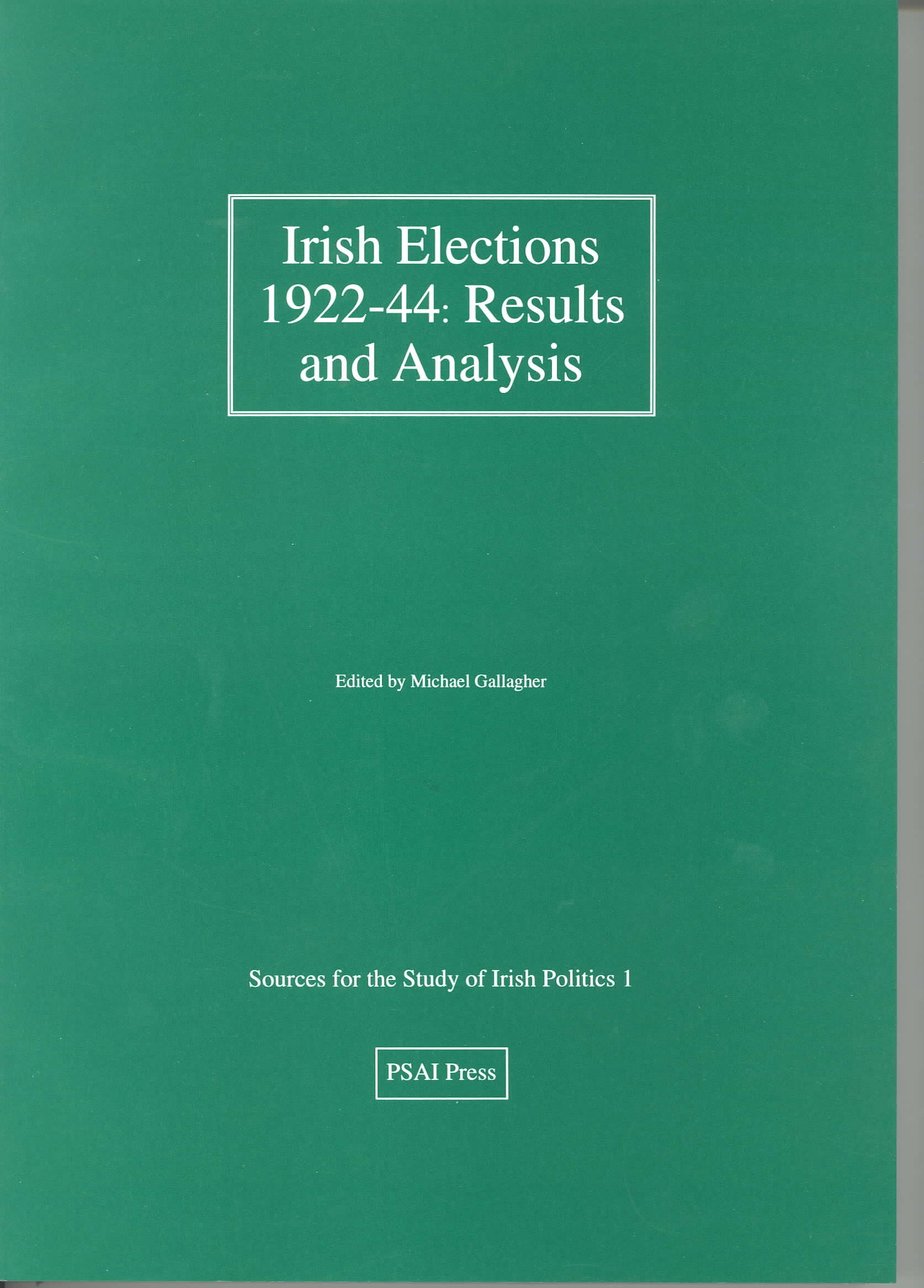 |
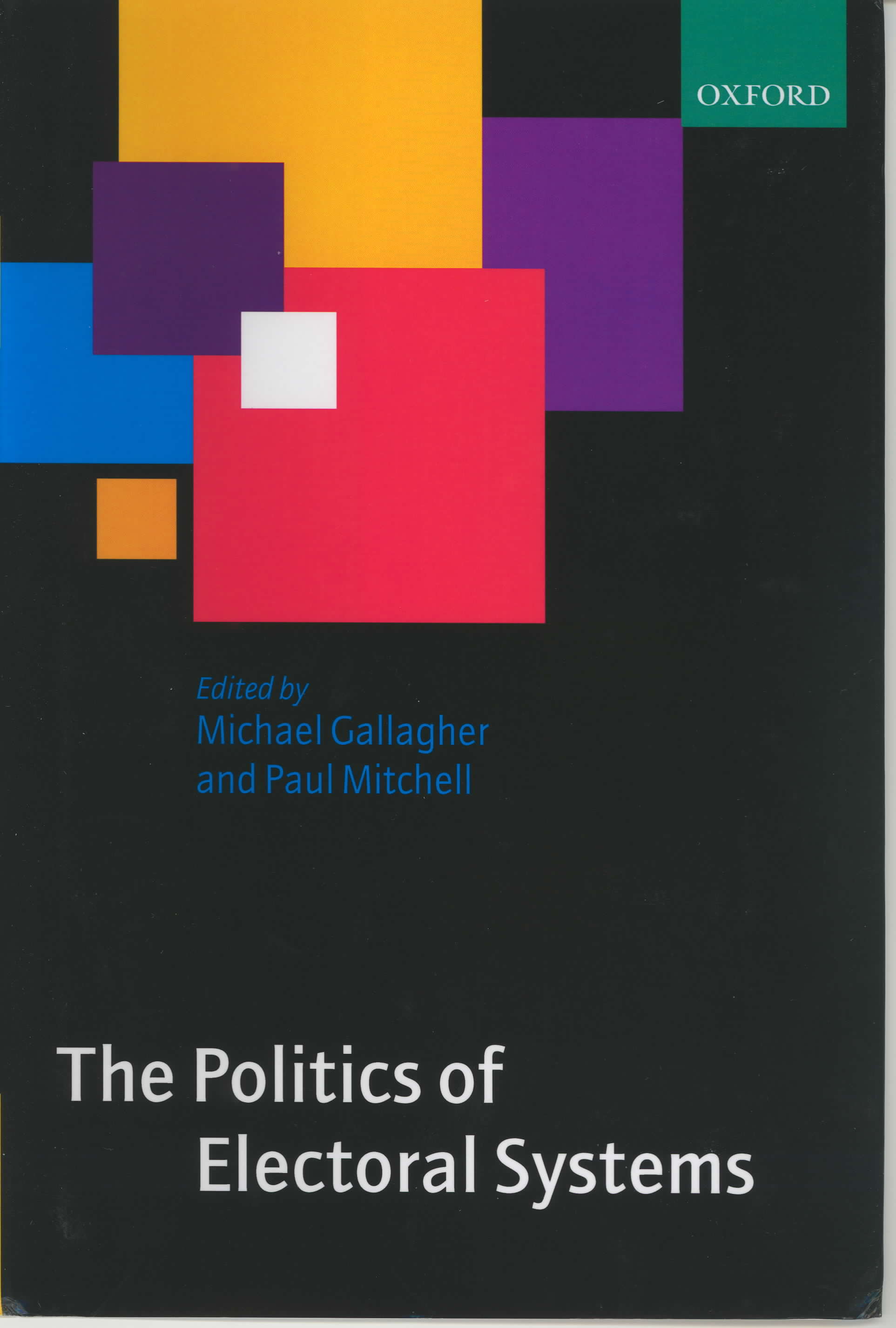 |
For results of Ireland's 2020 election, click here. For information on results of Irish elections 1948 to 2007, click here. For arguments for and against retaining PR-STV as Ireland's electoral system click here.
On Sunday 29 April 2007 the President of Ireland, Mary McAleese, acting on the advice of the Taoiseach, Bertie Ahern, dissolved the 29th Dáil. The 30th Dáil was elected on Thursday 24 May (polling stations were open from 7.30 am to 10.30 pm). Nominations of candidates closed at noon on Tuesday 8 May, and 470 candidates stood. These included 106 from Fianna Fáil, 91 from Fine Gael, 50 from Labour, 44 from the Green Party, 41 from Sinn Féin and 30 from the Progressive Democrats. Of the other 108 candidates, some were independents pure and simple, others represented small registered parties (the Socialist Party, the Workers Party and the Christian Solidarity Party), and others again represented interest groups or unregistered parties such as the Fathers' Rights Responsibilities Group, the People before Profit Alliance, and the Immigration Control Platform. The largest numbers of candidates were in Dublin South-Central (16), Laois-Offaly (16), Galway West (15) and Wicklow (15); the fewest were in Cork North-West (7), Cork South-West (7), Dublin North-Central (7) and Limerick West (7). Of the 166 incumbents at the end of the 29th Dáil, 19 retired: 12 from FF, 2 from FG and 3 from Labour, along with 2 independents.
The 166 TDs (members of the Dáil) were elected from 43 constituencies by means of the PR-STV electoral system (see ballot paper); one, the outgoing Ceann Comhairle (chair of the Dáil), was deemed elected without a contest (Dr Rory O'Hanlon in Cavan-Monaghan), leaving 165 seats to be contested. These 165 TDs were returned from 18 3-seat constituencies, 14 4-seat constituencies, and 11 5-seat constituencies. Once voting finished, the ballot boxes were sealed and were then brought overnight to a central counting point within each constituency. Checking and counting of the votes began at around 9 am on Friday 25 May, and the first member of the 30th Dáil, John Curran in Dublin Mid-West, was elected at around 2.10 pm on that day. Because the counting of votes under PR-STV is a multi-stage process, the final results of the election were not known until 1 am on Sunday 27 May when John Moloney was elected to the final seat in Laois-Offaly, though most constituencies completed their counting on Friday 25th. Party gains and losses are never uniform across the country - hence the cliché that there is not one election but 43 mini-elections, one in each constituency - so it was impossible to identify one key barometer constituency and say 'how that goes, so goes the country'. Representatives of both FF and FG identified Cork NW, a 3-seat constituency where FF held 2 seats to FG's 1 but where FG was pushing hard to take a second seat, as one to watch out for as a possible sign of whether they were set for a good or a bad result overall, though this proved an unwise choice of a bellwether constituency from a FG perspective as FF won 53% of the votes to FG's 38% and FG support dropped more than in any other constituency.
The 30th Dáil first met on Thursday 14 June; it first elected its Ceann Comhairle (John O'Donoghue, FF, Kerry S) and then elected Bertie Ahern as Taoiseach (prime minister).
New government
The results did not point unambiguously to any one government, given that neither pre-declared option (FF + PDs or FG + Lab) received a majority of seats. The government eventually agreed after inter-party negotiations contains 12 ministers from FF, 2 from the Green Party and 1 from the PDs, and in addition has the support of four of the five independent TDs, who have concluded individual agreements with the Taoiseach.
Predictions
Most of these were poor, significantly underestimating FF and overestimating SF and the Greens. A list can be found at http://electionsireland.org/news/2007/20070522predictions.cfm.
Results
The results of Ireland Dáil election 2007 are fully analysed in the best-selling How Ireland Voted 2007 (Palgrave Macmillan, 2008). Official results published by the Department of the Environment are available at http://www.oireachtas.ie/viewdoc.asp?DocID=8153. The overall results are:
Candidates |
Votes |
% vote |
Change since 2002 |
Seats |
Change since 2002 |
% seats |
||
| Fianna Fáil | 106 |
858,565 |
41.56 |
+0.08 |
77 |
-4 |
46.67 |
|
| Fine Gael | 91 |
564,428 |
27.32 |
+4.84 |
51 |
+20 |
30.91 |
|
| Labour | 50 |
209,175 |
10.13 |
-0.65 |
20 |
0 |
12.12 |
|
| Green Party | 44 |
96,936 |
4.69 |
+0.85 |
6 |
0 |
3.64 |
|
| Sinn Féin | 41 |
143,410 |
6.94 |
+0.43 |
4 |
-1 |
2.42 |
|
| Progressive Democrats | 30 |
56,396 |
2.73 |
-1.23 |
2 |
-6 |
1.21 |
|
| Socialist Party | 4 |
13,218 |
0.64 |
-0.16 |
0 |
-1 |
||
| People before profit / SWP | 5 |
9,333 |
0.45 |
+0.27 |
0 |
0 |
||
| Workers Party | 6 |
3,026 |
0.15 |
-0.07 |
0 |
0 |
||
| Christian Solidarity Party | 8 |
1,705 |
0.08 |
-0.18 |
0 |
0 |
||
| Fathers rights | 8 |
1,355 |
0.07 |
+0.07 |
0 |
0 |
||
| Immigration control | 3 |
1,329 |
0.06 |
-0.01 |
0 |
0 |
||
| Independents | 74 |
106,934 |
5.18 |
-4.25 |
5 |
-8 |
3.03 |
|
| Total | 470 |
2,065,810 |
100.00 |
0 |
165 |
0 |
100.00 |
Note: Table refers to contested seats; FF also won the one uncontested seat (automatic re-election of Ceann Comhairle), giving it 78 seats out of 166 in the 30th Dáil. Fathers rights and immigration control are not registered parties so their candidates are not officially listed as such. The five independent candidates to win seats received first preference votes of 12,919 (Michael Lowry), 6,779 (Beverley Flynn), 5,993 (Jackie Healy-Rae), 5,169 (Finian McGrath), and 4,649 (Tony Gregory).
Electorate: 3,110,914. Turnout (valid vote / electorate): 66.41% (+4.30 compared with 2002). Invalid votes 19,435.
| Election indices | |
| Disproportionality (least squares index) | 5.85 |
| Effective number of elective parties (Nv) | 3.77 |
| Effective number of legislative parties (Ns) | 3.03 |
Note: figures based on complete disaggregation of Others, with each of the 74 independent candidates treated as a separate unit.
If seats were allocated purely on the basis of total national first preference votes, and if all votes had been cast as they were on 24 May, then the allocation of the 165 seats under the Sainte-Laguë method (generally seen as the 'fairest' since it does not systematically favour either larger or smaller parties) would have been FF 72, FG 47, Lab 17, SF 12, Grn 8, PDs 5, Soc 1, PbP 1, Michael Lowry 1, Beverley Flynn 1. Under the D'Hondt method, which tends to give the benefit of the doubt to larger parties, the figures would have been FF 73, FG 48, Lab 18, SF 12, Grn 8, PDs 4, Soc 1, Michael Lowry 1.
One of the most striking aspects of the election was a decline in the number of female TDs, from 23 at the end of the life of the 29th Dáil to a mere 22 now, the same as at the start of the 29th Dáil. With only 13.3 per cent of TDs being female, Ireland continues to occupy a low position in the international league table for gender balance within parliament. Of the 23 women who were members of the 29th Dáil at the time of its dissolution, 14 were re-elected, three retired, and six were defeated. Two previous female TDs returned to the Dáil and they were joined by six first-time female TDs. Fuller discussion at the CAWP site.
Candidates |
Votes |
% vote |
Change since 2002 |
Seats |
Change since 2002 |
% seats |
||
| Men | 388 |
1,748,311 |
84.63 |
+0.67 |
143 |
0 |
86.67 |
|
| Women | 82 |
317,499 |
15.37 |
-0.67 |
22 |
0 |
13.33 |
|
| Total | 470 |
2,065,810 |
100.00 |
0 |
165 |
0 |
100.00 |
Note: the 166th TD, returned without a contest, is male.
Unsurprisingly, incumbents fared better than non-incumbents:
Candidates |
Votes |
% vote |
Seats |
% seats |
||
| Incumbent TDs | 146 |
1,136,686 |
55.02 |
116 |
70.30 |
|
| Other candidates | 324 |
929,124 |
44.98 |
49 |
29.70 |
|
| Elected candidates | 165 |
1,340,775 |
64.90 |
165 |
100.00 |
|
| Unsucccessful candidates | 305 |
725,035 |
35.10 |
0 |
0.00 |
|
| Total | 470 |
2,065,810 |
100.00 |
165 |
100.00 |
For results of the 2009 European Parliament elections in Ireland, click here.
Below is some material that this page contained before the election:
Who to vote for? To discover which party's policies are closest to your own preferences on the issues, visit the Pick Your Party site created by a group of postgraduate political science students from Trinity College Dublin. There are prizes for predicting the election results!
The Political Studies Association of Ireland (PSAI) is running a competition based on predicting the result of the election - this has prizes too!
A number of members of the Department of Political Science in Trinity College will be involved in commenting on and studying the election.
Due to time constraints it is unfortunately not always possible to respond to every question about the election campaign: what the main issues are, how the Dáil is elected, what the opinion polls have been saying, what the choices facing the voters are, which campaigning techniques are most effective, who's likely to win, etc. Those seeking information might find the following sources useful:
How Ireland Voted 2002 (Basingstoke: Palgrave Macmillan, 2003). Account of the last Irish general election: what happened, what the main issues were, how accurate or otherwise the polls were, how much impact the campaign had, the impact of party leaders upon their parties' electoral fortunes, where and how the election was won and lost, how much swings varied across the country, which parties were best placed for next time, and so on; plus 17 pages of photographs. What lessons can parties and analysts learn about the 2007 campaign from the record of the 2002 campaign?
Politics in the Republic of Ireland, 4th ed (Abingdon: Routledge and PSAI Press, 2005), ISBN 0-415-28067-2. This has chapters on every aspect of politics and government, including a chapter explaining and assessing the distinctive PR-STV electoral system.
Michael Marsh's opinion poll data bank, accessible from his web site, containing opinion poll findings going back several decades. Professor Marsh is Ireland's leading analyst and monitor of political opinion polling data and trends, and, in collaboration with a team of co-authors, has recently completed The Irish Voter (Manchester University Press, forthcoming February 2008), the definitive analysis of the findings of Ireland's first national election survey, which was conducted shortly after the 2002 election.
If you want an informed view concerning the impact of developments in Northern Ireland upon politics south of the border, then a hub of expertise is the Institute of British-Irish Studies at UCD.
The Politics of Electoral Systems (Oxford: Oxford University Press, 2005), ISBN 0-415-28067-2. Has a chapter explaining and examining PR-STV in Ireland in the context of electoral systems worldwide, asking how far aspects of Ireland's politics can be attributed to PR-STV. This chapter contains the reproduction of a PR-STV ballot paper, which you can view here.
Days of Blue Loyalty (Dublin: PSAI Press, 2002), ISBN 0-9519748-6-6. Analysis of a survey of members of the Fine Gael party published shortly before the 2002 election. Fine Gael fared very badly at that election and the commitment of its membership will be one factor determining its fortunes in 2007 and whether it will prove able to 'bounce back'; this book explores the worldview, backgrounds and activity levels of the party's members.
Listings of candidates in individual constituencies, and information on many of them, can be found at the ElectionsIreland site.
How Ireland Voted 2007. Not published yet, for obvious reasons - publication by Palgrave Macmillan expected in November 2007, in good time for the christmas market.
 |
 |
 |
 |
 |
Last updated 17 August, 2021 1:11 PM